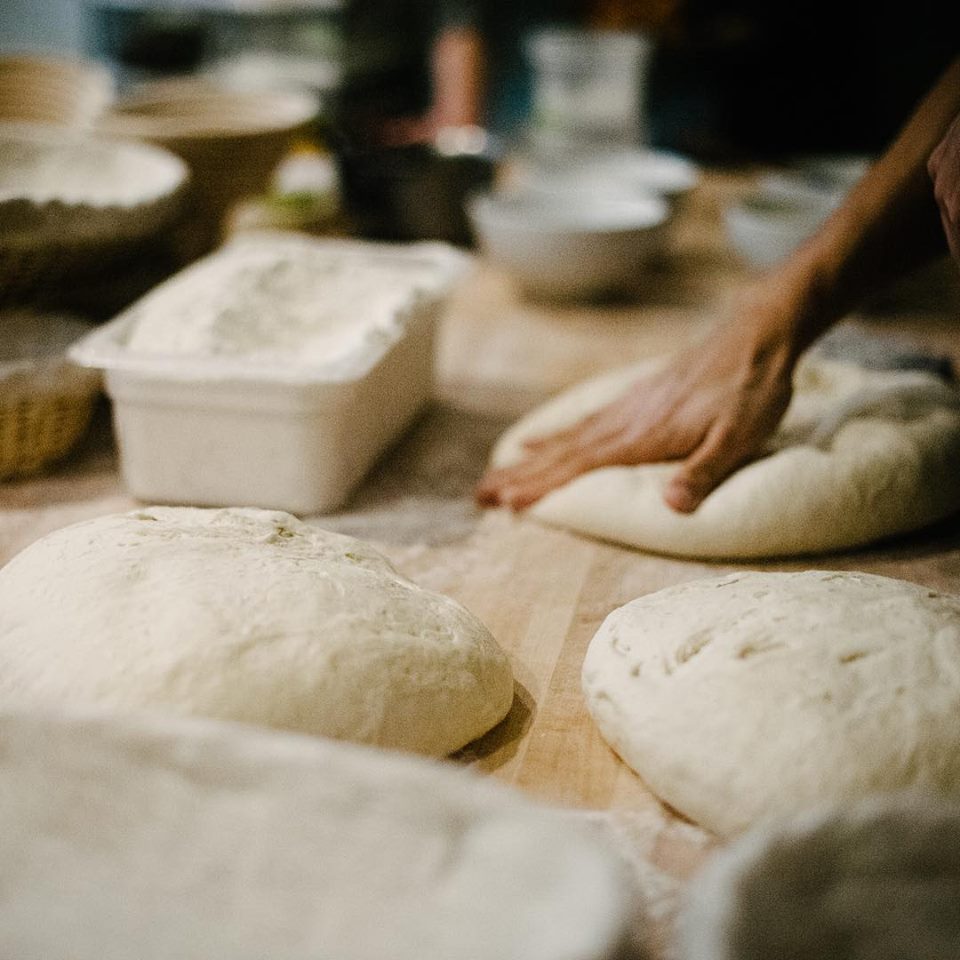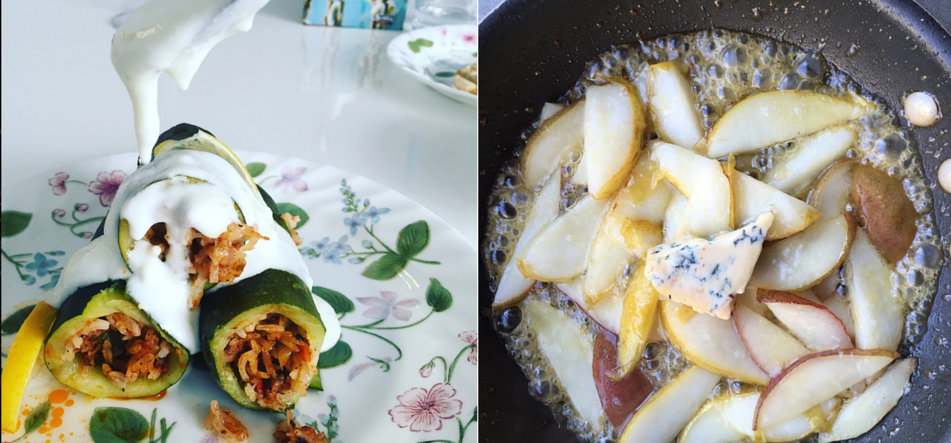Have you ever eaten something that was so divinely simple and loved it? No cooking, no baking? I mean almost completely unadorned that you thought your tastebuds were flawed because it was just two ingredients? Essentially, that’s how I discovered mâche (corn salad, lamb’s lettuce) while in Provence. (I know. How much more pretentious can I possibly get? I did eat my Southern grandmother’s biscuits with Scrapple too in South Carolina….but that’s another story.)
We were staying at this particular luxury hotel over the holidays and dining on the New Year’s Eve menu. The property, as well as the menu, was brimming with all the French finery that one finds while eating in a Michelin-starred, French- country side restaurant. We were drinking champagne out of a Nebuchadnezzar, eating foie gras on toast, as well as a beautiful yet delicate leaf served with pickled beets. I’ve eaten richly fat foie gras on toast, hard-boiled eggs topped with Russian caviar and steak tartare prepared tableside but this tiny and delicate lettuce, with some roots still left on, in that moment, captivated my tongue. While the compact waiter hefted up the Nebuchadnezzar to refill my flute, which was roughly the size of him, I asked what the delicate green was and he replied in French, “Mâche, monsieur.”
Since then, I have eaten the nutty-tasting, tender mâche every chance I get during the late winter. It’s a hearty plant, albeit delicate to the taste, and stands up well to frost. It’s hard to believe it was thought to be a weed. Mache is a native lettuce to France, where it has been cultivated since the 17th century under the name, “doucette”. Shockingly, there are now over 200 different mâche varieties, with each noted for its character and climate agreeability.
Mâche was presented to the United States by Todd Koons, farmer and agricultural innovator (he created the supermarket staple of bagged mixed greens). Mache became slightly popular amongst the culinary set during the late 20th century.
I won’t say that cooking mâche is unacceptable. I’ve just never had it cooked but it’s nature and tenderness to the palette makes me feel it wouldn’t be stellar. I would mix it with other cooked ingredients though such as beets, or small potatoes, perhaps, a form of citrus and apples. For me, the best way to eat mâche is raw, washed well, and drizzled with walnut or olive oil and a touch of salt; add a little well-aged shaved mimolette to the mix and a roasted fish or poultry. That is a meal.



